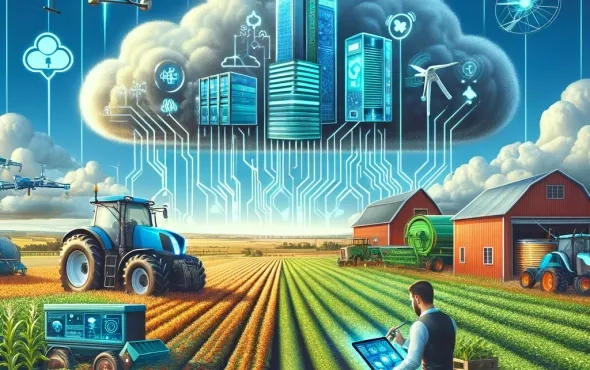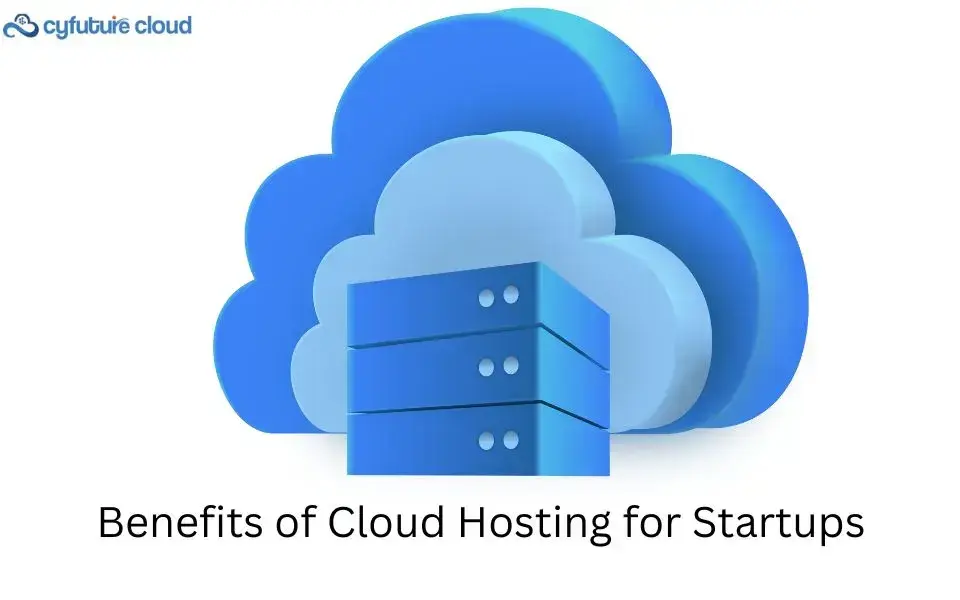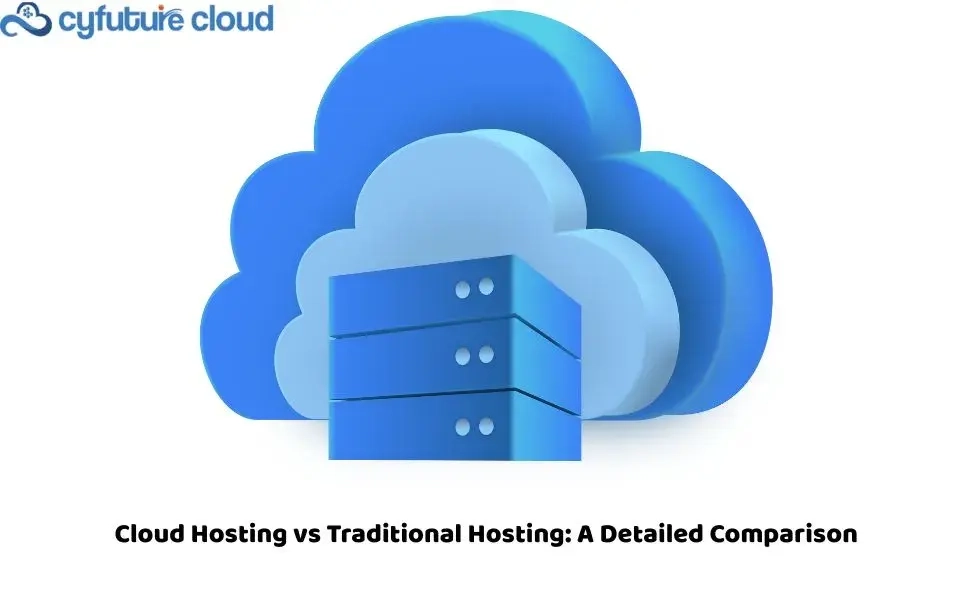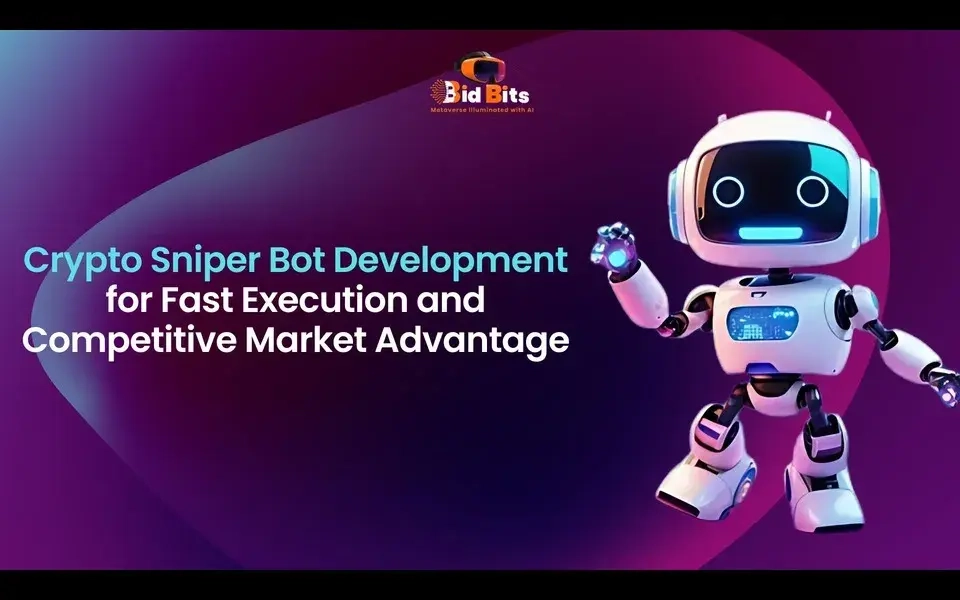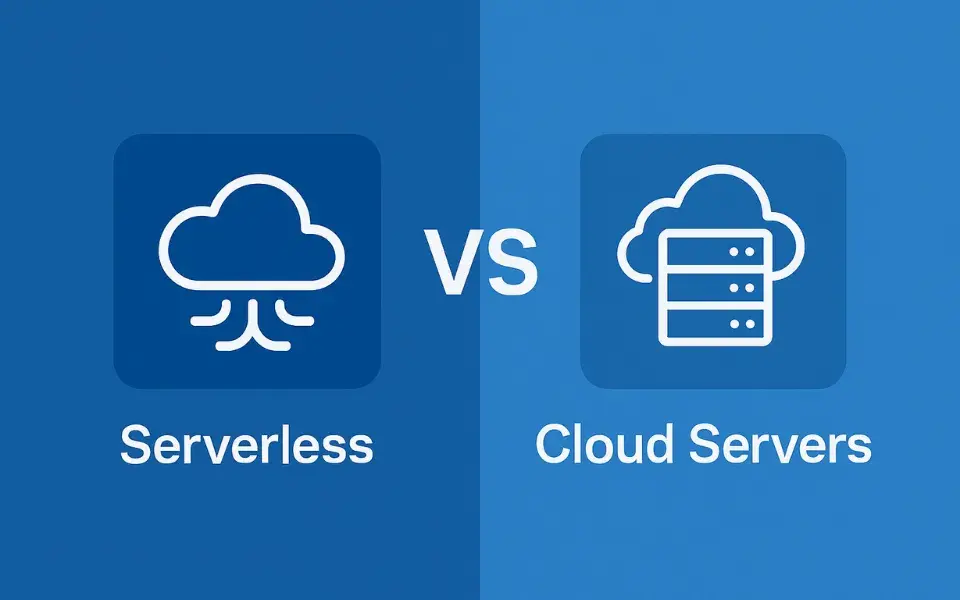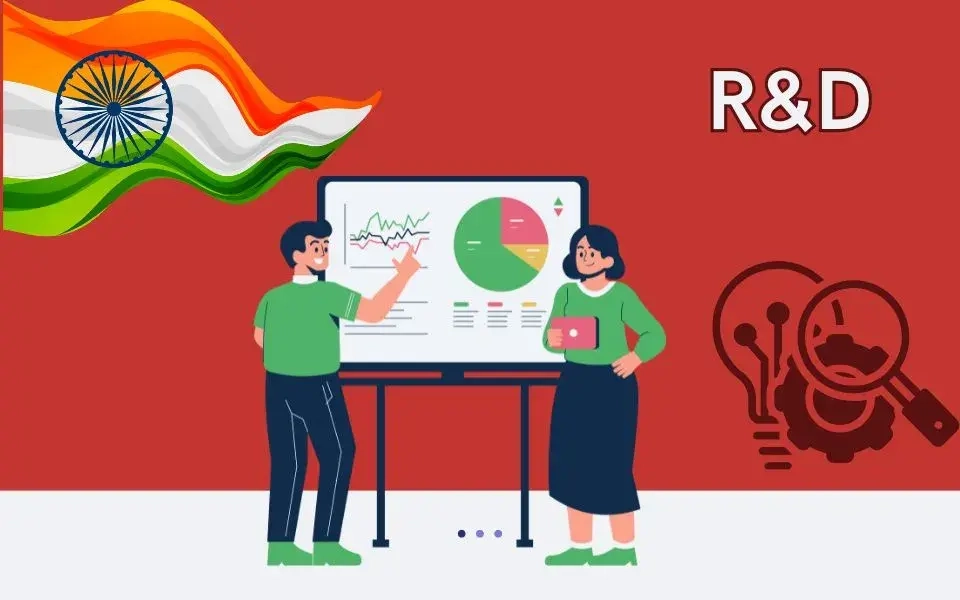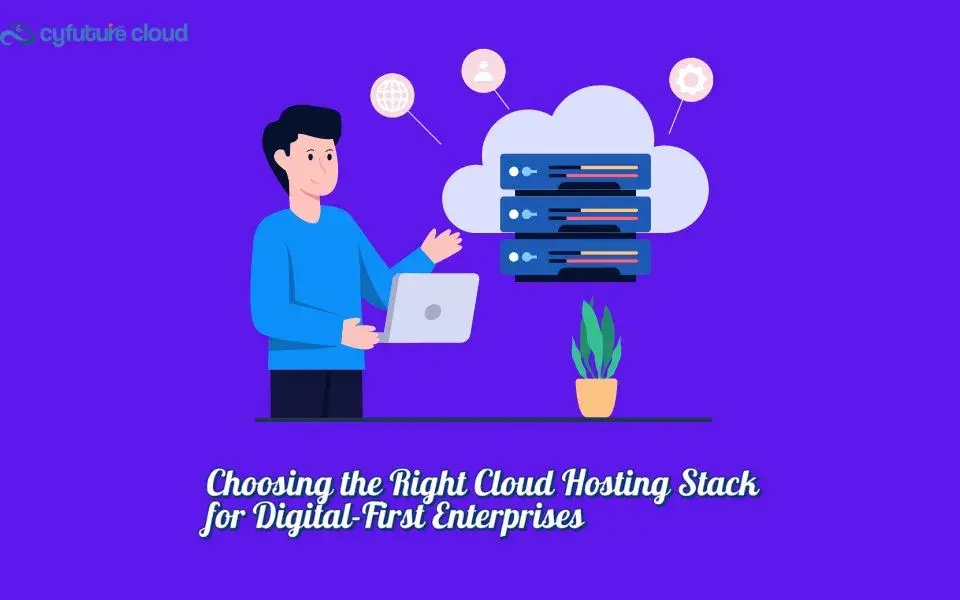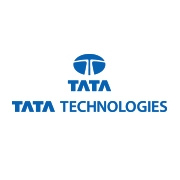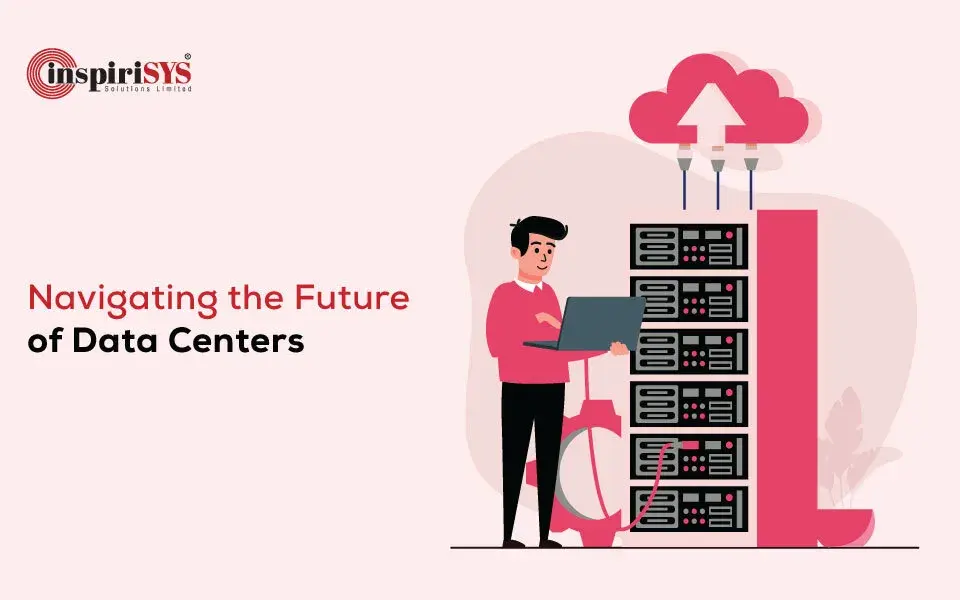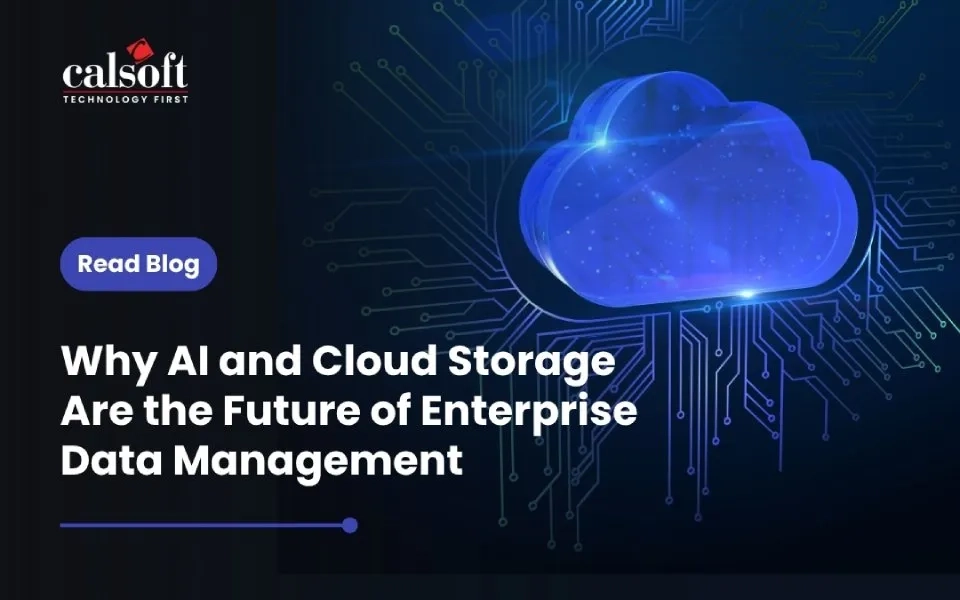Improving Crop Yields with Cloud-Powered Predictive Analytics
In recent years, the agricultural industry has witnessed a remarkable transformation, largely driven by advancements in technology. One of the most significant developments is the integration of cloud-powered predictive analytics into farming practices. By leveraging the power of cloud computing and sophisticated data analytics, farmers can enhance crop yields, optimize resource use, and ensure sustainable farming practices. This blog explores how cloud-powered predictive analytics is revolutionizing agriculture and improving crop yields.
Understanding Predictive Analytics & Cloud in Agriculture
Predictive analytics involves using historical data, machine learning algorithms, and statistical techniques to forecast future events. In agriculture, this means analyzing various data points, such as weather patterns, soil conditions, crop health, and pest activity, to make informed decisions that optimize crop production. The cloud plays a crucial role by providing scalable storage and processing power, enabling real-time analysis and insights.
Cloud computing offers a flexible and cost-effective solution for managing the vast amounts of data generated in modern farming. By storing data in the cloud, farmers can access and analyze it from anywhere, using any device with an internet connection. This accessibility is vital for making timely decisions that impact crop yields.
Cloud platforms like Microsoft Azure, Amazon Web Services (AWS), and Google Cloud provide robust infrastructure and tools for data storage, processing, and analysis. These platforms support advanced analytics and machine learning models that can predict various agricultural outcomes, from optimal planting times to potential pest infestations.
Key Applications of Predictive Analytics in Agriculture
- Weather Forecasting and Climate Analysis
Accurate weather forecasting is critical for agricultural planning. Predictive analytics models can analyze historical weather data and current conditions to provide precise forecasts. Farmers can use these forecasts to decide the best times for planting, irrigation, and harvesting, minimizing the risk of crop damage due to adverse weather conditions.
Additionally, long-term climate analysis helps farmers adapt to changing weather patterns. By understanding trends in temperature, precipitation, and extreme weather events, farmers can select crops and cultivation practices best suited to their local climate.
Soil health is a fundamental factor in crop productivity. Predictive analytics can analyze soil data, including nutrient levels, pH, moisture content, and microbial activity. By understanding soil conditions, farmers can apply the right fertilizers and soil amendments, ensuring optimal plant growth.
Cloud-powered sensors placed in the fields continuously monitor soil conditions and send data to cloud servers. Machine learning models analyze this data to provide real-time recommendations on soil management practices.
- Crop Health and Disease Management
Early detection of crop diseases and pests is crucial for preventing significant yield losses. Predictive analytics models can analyze data from drones, satellite imagery, and IoT sensors to identify signs of stress, disease, or pest infestations in crops. These models can predict the spread of diseases and recommend targeted interventions, reducing the need for broad-spectrum pesticides and promoting sustainable farming.
For instance, machine learning algorithms can analyze images of crops to detect early signs of disease that may not be visible to the naked eye. This allows farmers to take prompt action, applying treatments only where needed and reducing overall chemical usage.
Precision farming involves using technology to optimize every aspect of crop production, from planting to harvesting. Predictive analytics plays a central role in precision farming by providing data-driven insights on planting density, irrigation schedules, and nutrient management.
For example, variable rate technology (VRT) allows farmers to apply fertilizers and pesticides at varying rates across a field, based on data-driven recommendations. This ensures that crops receive the exact amount of inputs they need, reducing waste and improving yields.
- Yield Prediction and Management
Accurately predicting crop yields helps farmers make informed decisions about marketing, storage, and distribution. Predictive analytics models can analyze historical yield data, weather patterns, soil conditions, and other factors to forecast yields with high accuracy.
These predictions enable farmers to plan harvests more efficiently, optimize storage facilities, and negotiate better prices with buyers. They also provide valuable insights for policymakers and agribusinesses, helping them manage supply chains and food distribution more effectively.
Benefits of Cloud-Powered Predictive Analytics
1. Increased Efficiency and Productivity
By leveraging predictive analytics, farmers can optimize their operations and maximize efficiency. Data-driven insights help reduce input costs, minimize waste, and improve overall productivity. For example, precise irrigation schedules based on soil moisture data can reduce water usage while ensuring crops receive adequate hydration.
2. Risk Management
Agriculture is inherently risky, with factors like weather, pests, and diseases posing constant threats. Predictive analytics enables proactive risk management by providing early warnings and actionable insights. Farmers can take preventive measures to mitigate risks and protect their crops, reducing potential losses.
3. Sustainability
Sustainable farming practices are essential for preserving natural resources and ensuring long-term agricultural viability. Predictive analytics promotes sustainability by optimizing resource use, minimizing chemical inputs, and reducing environmental impact. Precision farming techniques supported by predictive analytics help maintain soil health, conserve water, and protect biodiversity.
4. Cost Savings
Efficient resource use translates to cost savings for farmers. By applying inputs like fertilizers and pesticides only where needed, farmers can reduce expenses while maintaining or even improving yields. Additionally, early disease detection and targeted interventions can prevent costly crop losses.
5. **Data-Driven Decision Making**
The ability to make informed decisions based on data is a game-changer for agriculture. Predictive analytics provides farmers with actionable insights that guide their daily operations and long-term strategies. This shift from intuition-based to data-driven decision-making enhances overall farm management and profitability.
Future Trends and Innovations
As technology continues to evolve, the potential for cloud-powered predictive analytics in agriculture is vast. Several emerging trends and innovations are poised to further transform the industry:
1. AI and Machine Learning Advancements
Advances in AI and machine learning are driving the development of more sophisticated predictive models. These models can analyze increasingly complex datasets, improving the accuracy and reliability of predictions. For example, deep learning algorithms can process high-resolution satellite imagery to detect subtle changes in crop health.
2. IoT Integration
The Internet of Things (IoT) is revolutionizing data collection in agriculture. IoT devices, such as soil sensors, weather stations, and drones, generate vast amounts of data that feed into predictive analytics models. As IoT technology becomes more affordable and widespread, farmers will have access to richer datasets and more precise insights.
3. Blockchain for Data Security and Transparency
Blockchain technology can enhance the security and transparency of agricultural data. By providing a decentralized and tamper-proof ledger, blockchain ensures the integrity of data used in predictive analytics. This is particularly important for traceability in food supply chains, where accurate data is crucial for ensuring food safety and quality.
4. Personalized Farming Recommendations
Future predictive analytics platforms will offer increasingly personalized recommendations based on individual farm characteristics. By considering factors such as soil type, crop variety, and local climate, these platforms will provide tailored advice that maximizes yields and sustainability for each farm.
5. Collaborative Data Sharing
Collaborative platforms that facilitate data sharing among farmers, researchers, and agribusinesses are emerging. By pooling data from multiple sources, these platforms can improve the accuracy of predictive models and generate broader insights. Farmers benefit from collective knowledge and experience, leading to better decision-making and increased resilience.
Conclusion
Cloud-powered predictive analytics is transforming agriculture, offering unprecedented opportunities to improve crop yields, optimize resource use, and promote sustainable farming practices. By harnessing the power of data, farmers can make informed decisions that enhance productivity, reduce risks, and ensure long-term viability. As technology continues to advance, the integration of predictive analytics into agriculture will become increasingly sophisticated, driving further innovation and growth in the industry.
The future of agriculture lies in embracing these technological advancements and leveraging the power of predictive analytics to create a more efficient, sustainable, and productive food system. By doing so, we can meet the growing global demand for food while preserving the natural resources that sustain us.




